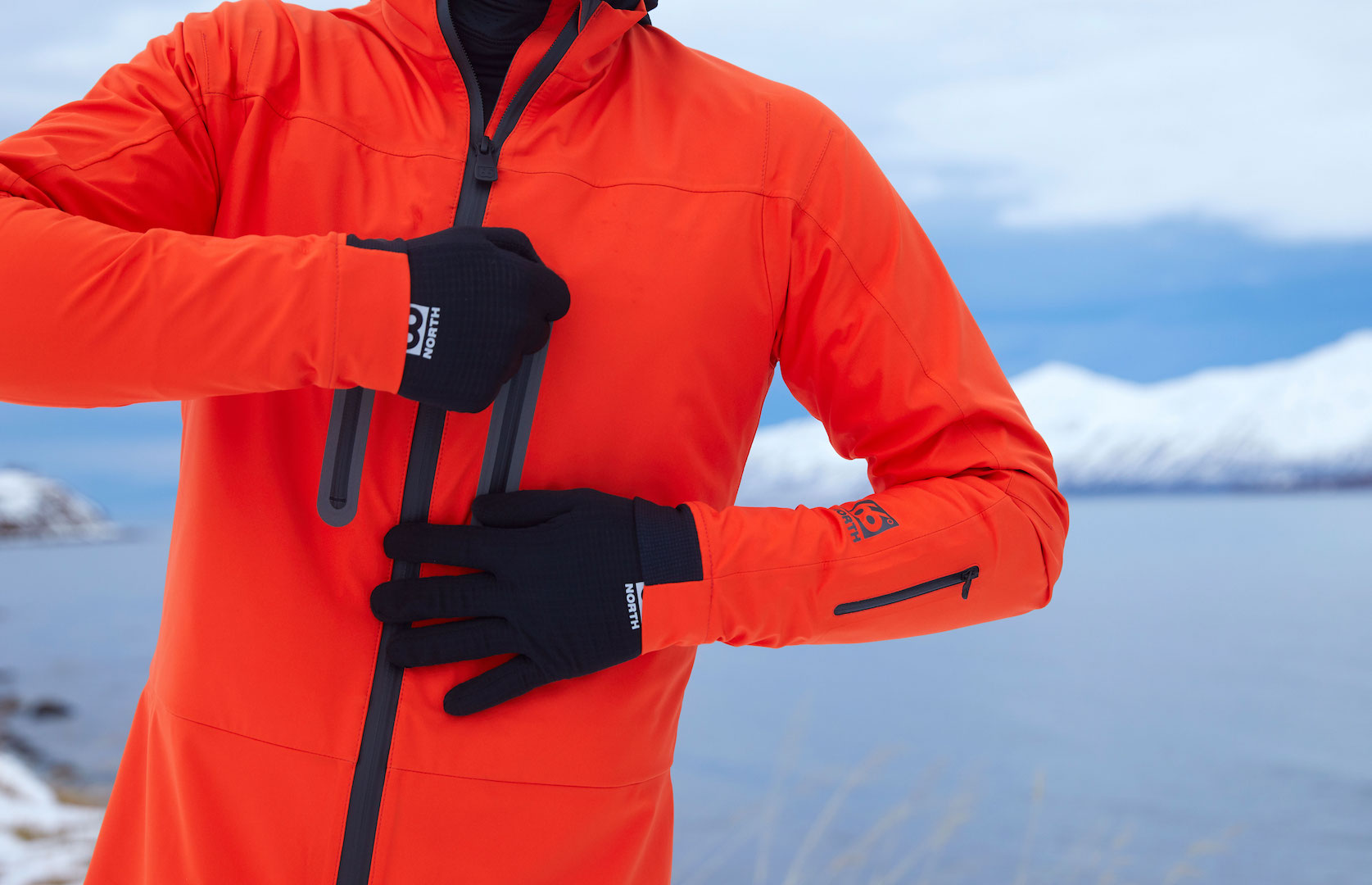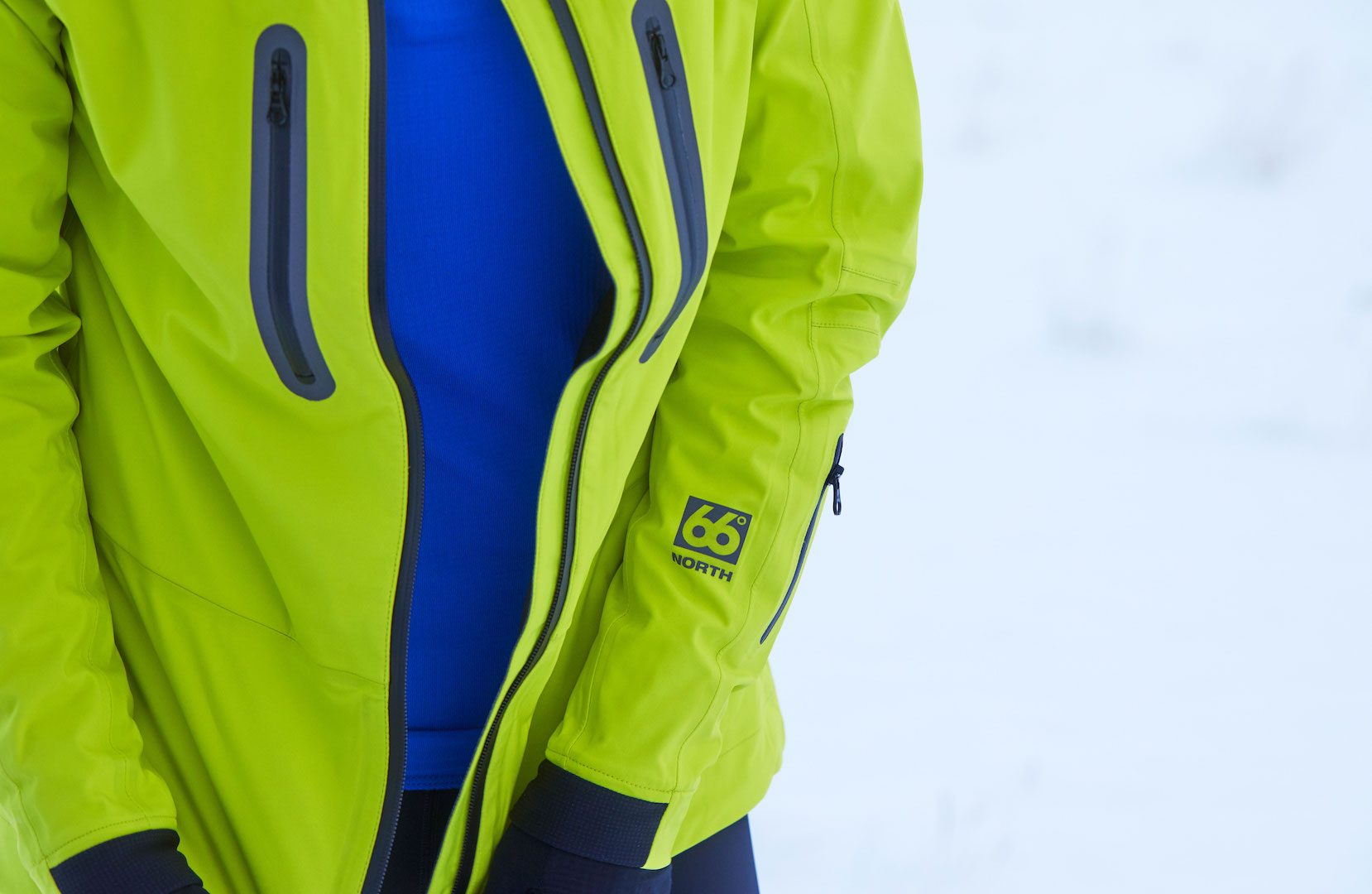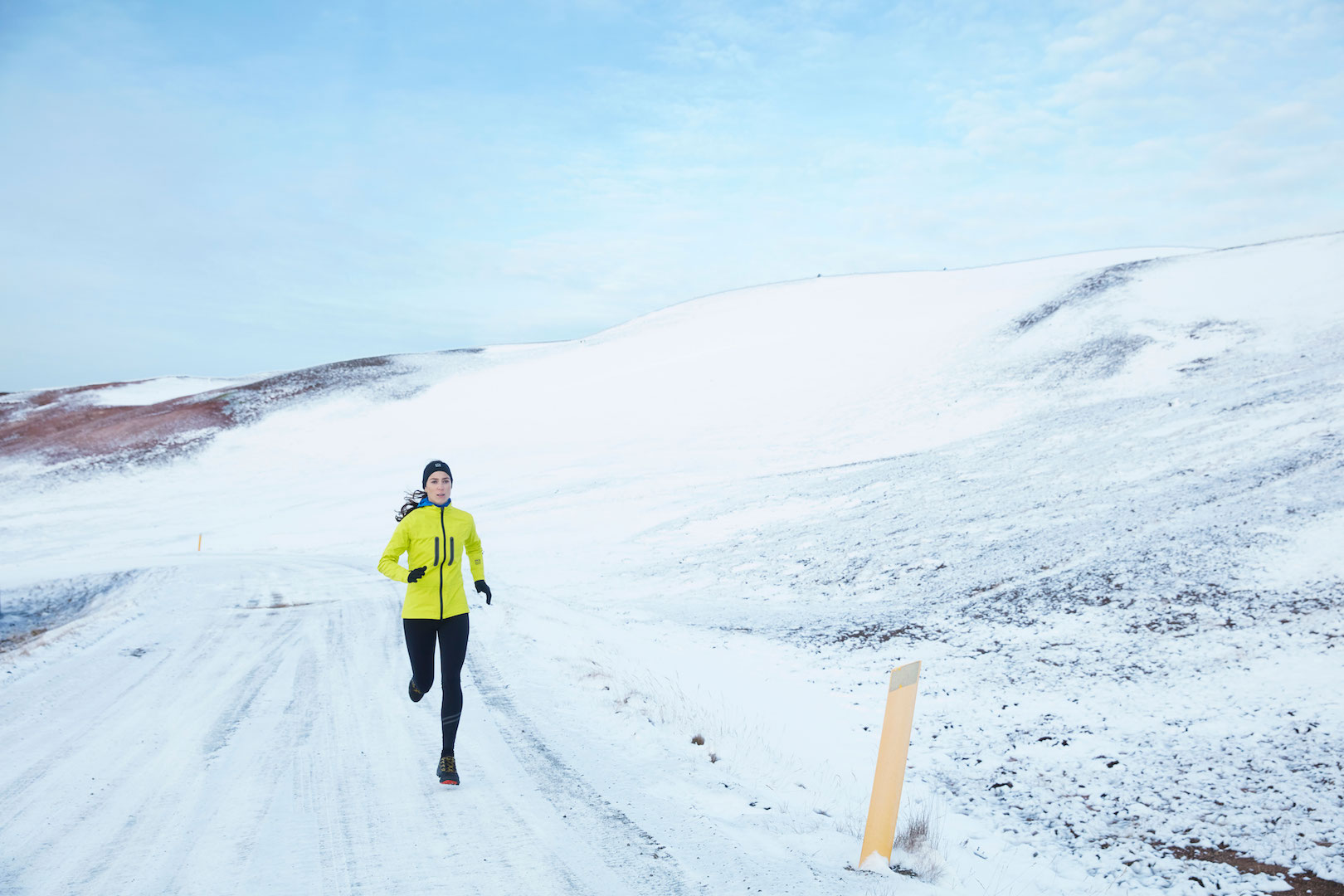What comes to mind when you think of a waterproof jacket? Rain protection, obviously, and wind protection as well. But other things might come to mind also: claminess, perhaps; discomfort; and that annoying swishing sound with every swing of your arms. Putting on a jacket has always been a last resort, hasn’t it? We’ll wait as long as we can, until the drizzle becomes more than drizzle, before we’ll finally accept that it’s time to pull the waterproof out of the bag. Then on those autumn and winter runs, we’ve all done that thing where we stubbornly push on in our jacket, overheat and get covered in a thick layer of moisture, refusing to accept that it’s really doing us no favours whatsoever.
It doesn’t have to be like that though, and we have New England-based Scotsman Michael Cattanach to thank for that. Back in 2011 he led a project at Polartec to develop the brand’s own version of a waterproof membrane. Polartec NeoShell was the result, a material that offered a solution to all of the problems we normally associate with waterproof jackets. It became an immediate success and, to this day, is used by a number of the world’s leading outdoor brands.
“Applying decades of textile know-how to our product range allows them not only to have a little stretch but to also fit who Polartec are.”
“We’ve seen great testimonies from people who had previously used their shell as an emergency garment,” explains Cattanach. “Those folks were amazed they could now take a jacket and wear it all day without stopping and starting to take layers on and off due to overheating.”
Over the years since its launch, NeoShell’s advantages have become “understood and adopted” by even the more high aerobic users according to Cattanach, to the extent that it’s now used in products in the road and mountain bike markets – where wearing a waterproof was previously unheard of.
Breathability
What’s the secret then? Well, it all starts with the fact that Polartec’s NeoShell membrane is 80% air. It’s made up of millions of nano fibres all tangled together but with spaces and chambers between them that air – moisture laden air – can flow through. Air traveling through from outside does occur, but it has a negligible effect – in other words, wind isn’t a problem. Air escaping from the inside, on the other hand, makes a crucial difference.







